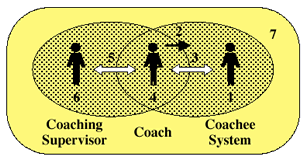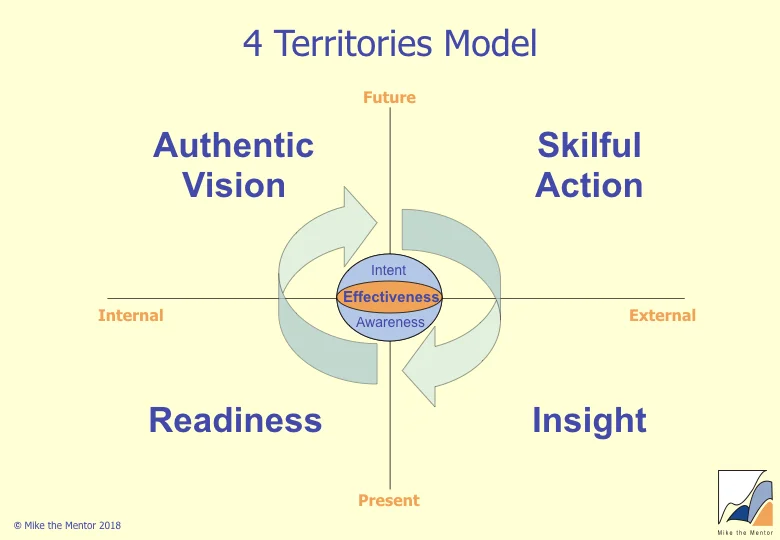The 7-Eyed Supervision Model
/Coaching Supervision is about ensuring high quality coaching provision and takes the form of ongoing meetings between the supervisor and the coach. With the increasing professionalisation of coaching and mentoring, the importance and role of coaching supervision has become a hot topic.
One way of looking at the process of supervision is provided by the 7-Eyed model. Originally developed for use with psychotherapists and counsellors, it is now being applied to coaching and mentoring. It specifies the 7 areas that supervision can focus on:
7-Eyed Supervision Model
The Coachee System: The focus is on the coachee situation; the problem the coachee wants help with, how they present the issues and the choices that they are making.
The Coach's Interventions: The focus is on the interventions the coach made, how and why they made them, and what else they might have done.
The Relationship between the Coach and Coachee: The focus is on neither the coach nor their coachee but on the conscious and unconscious interactions between the two of them so that the coach develops a better understanding of the dynamics of the coaching relationship.
The Coach: The focus is on the coach's own experience as an instrument for registering what is happening beneath the surface of the coachee system.
The Parallel Process: The focus is on what the coach has absorbed from the coachee system and how it may be playing out in the relationship between coach and supervisor.
The Coaching Supervisor's Self-reflection: The focus is the supervisor's "here and now" experience with the coach and how this can be used to shed light on the coach/coachee relationship.
The Wider Context: The focus is on the wider organisational, social, cultural, ethical, and contractual context within which the supervision is taking place.
In focussing on areas 1-3, the supervision is concerned with reflecting on the coaching session itself - its content, the interventions made, and the dynamics of the coaching relationship.
In areas 4-6, the supervision is concerned with the coaching session as it is reflected in the here and now experience of the supervision session.
The value of this model is that it maps the areas that supervision can focus on, making it easier to ensure that we have covered the ground. And by changing the labels in the diagram above, we can equally well use it as a model for what we can focus on in a coaching session!
More on this model and coaching supervision in general in Coaching, Mentoring and Consultancy by Peter Hawkins and Nick Smith. I have written a chapter for a book on the 3 Worlds 4 Territories model of supervision which is based on the 7-Eyed model.


